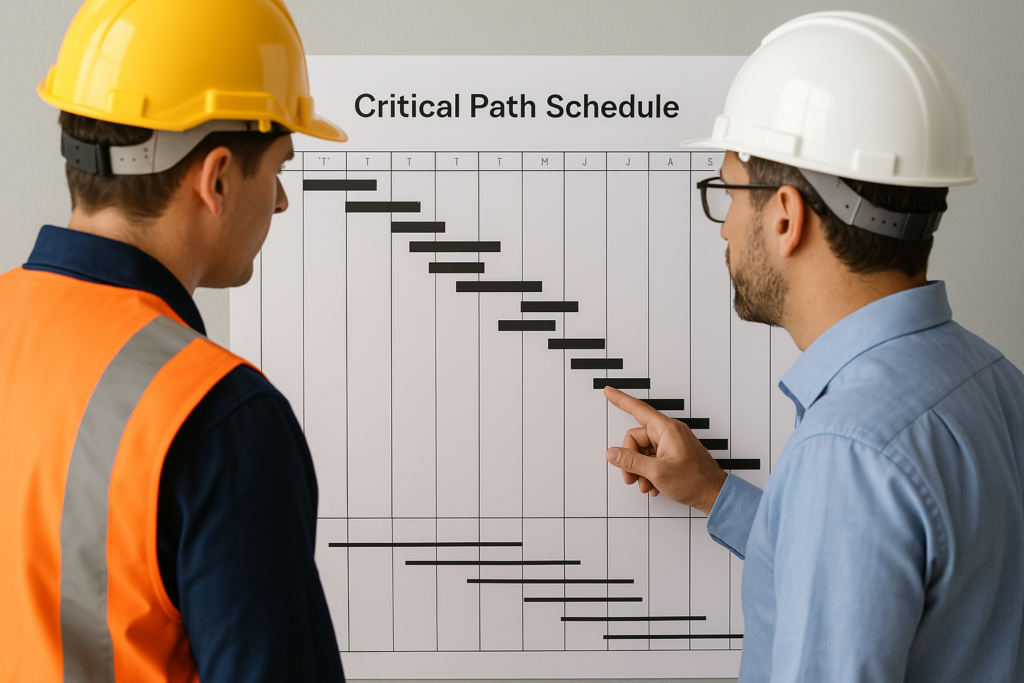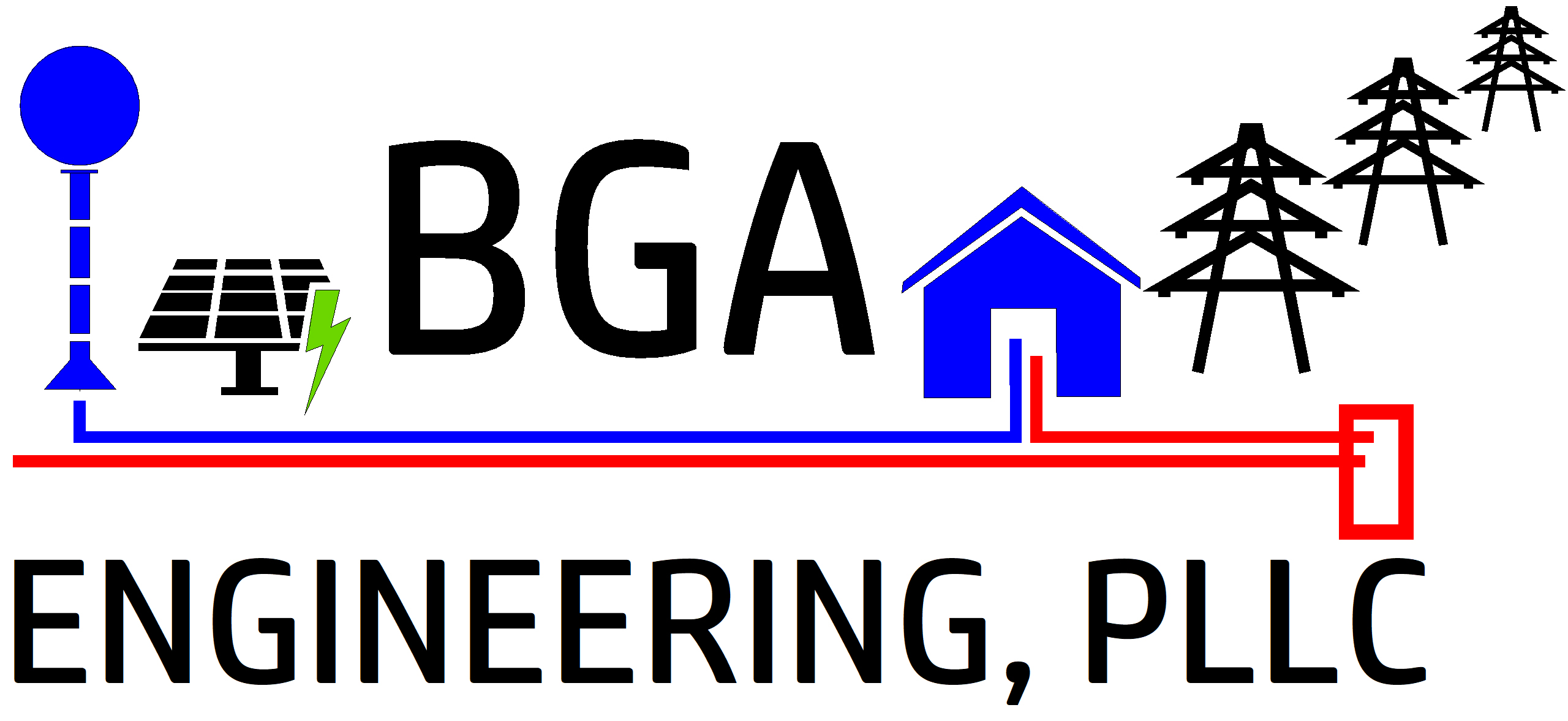Good construction schedules are critical for ensuring timely project completion, efficient resource allocation, and cost control. They provide a clear roadmap for sequencing tasks, coordinating teams, and anticipating potential delays. A well-structured schedule enhances communication, supports decision-making, and helps stakeholders monitor progress, ultimately reducing risks and improving overall project success.

SCHEDULING FAQs
Why is construction scheduling so important?
A well-developed schedule is the backbone of project execution. It ensures that tasks are properly sequenced, resources are coordinated, deadlines are met, and risks are identified early—ultimately keeping the project on time and within budget.
What does a construction schedule typically include?
A comprehensive schedule includes key milestones, task durations, start and finish dates, resource allocations, dependencies between activities, critical path identification, and buffers for contingencies or weather delays.
Who uses the construction schedule?
Project managers, owners, contractors, subcontractors, suppliers, and inspectors all rely on the schedule to coordinate their roles. It serves as a central communication tool for aligning expectations and tracking progress.
What is the Critical Path Method (CPM), and why is it important?
CPM identifies the sequence of tasks that directly affect the project’s completion date. Delays on the critical path will delay the entire project, so managing this path is essential for staying on schedule.
How often should a schedule be updated?
Schedules should be updated regularly—typically weekly or biweekly—to reflect actual progress, identify slippage or issues, and adjust for changing conditions. Frequent updates enable proactive decision-making and real-time coordination.
How does scheduling affect project costs?
Time is money. Delays often lead to increased labor costs, equipment rental fees, liquidated damages, and loss of productivity. A well-managed schedule helps control costs by avoiding unnecessary downtime and rework.
What tools are used to develop construction schedules?
Common tools include Primavera P6, Microsoft Project, and cloud-based platforms like Procore or Buildertrend. These tools allow for detailed planning, resource loading, reporting, and collaboration among project teams.
Does your firm provide scheduling services?
Yes. We provide full scheduling support—including baseline development, updates, critical path analysis, delay evaluations, and contractor coordination—to help clients maintain control and transparency throughout the project lifecycle.
What is pull planning, and how is it used in construction?
Pull planning is a collaborative scheduling technique used to improve workflow and reduce delays by working backward from a project milestone or completion date. Instead of pushing tasks forward, project team members identify what needs to happen just in time for each activity, ensuring that dependencies are met and resources are aligned. It’s commonly used in Lean Construction to enhance coordination, eliminate waste, and increase predictability in complex projects.
